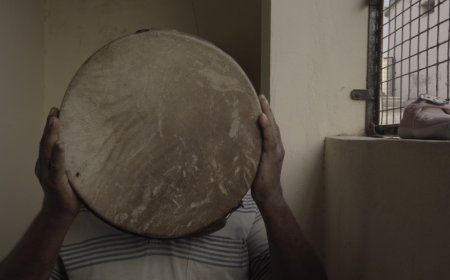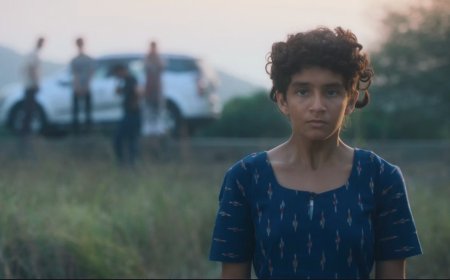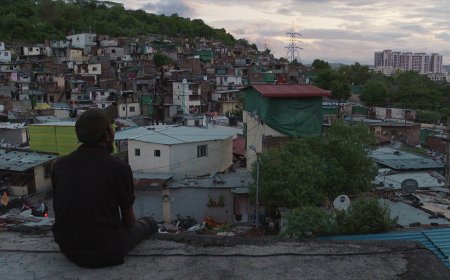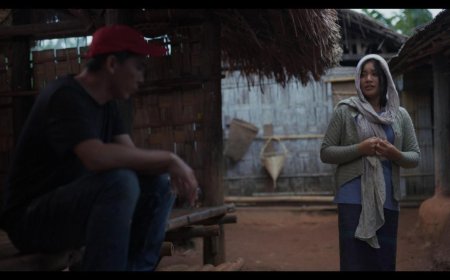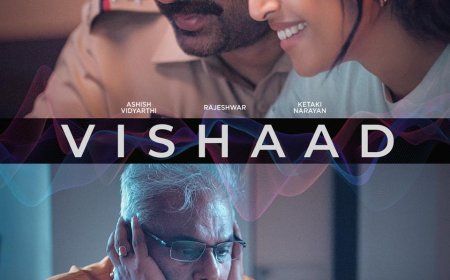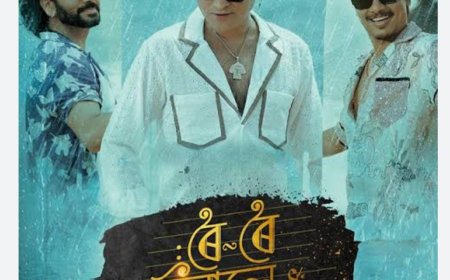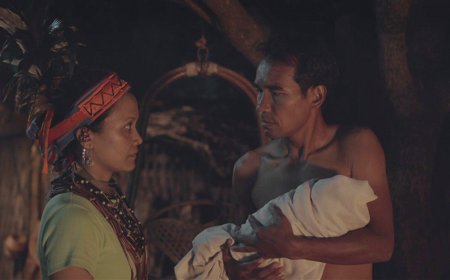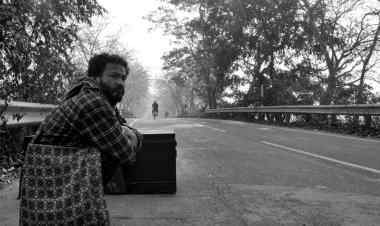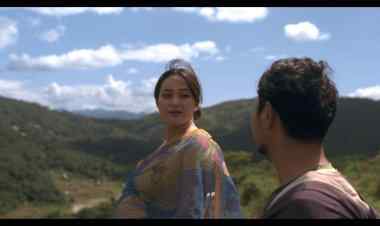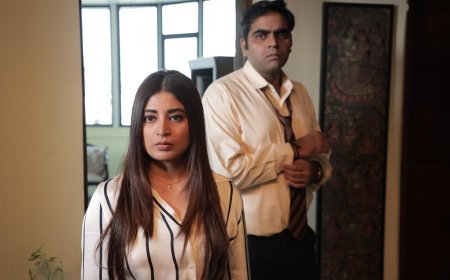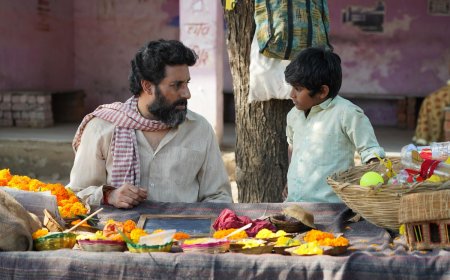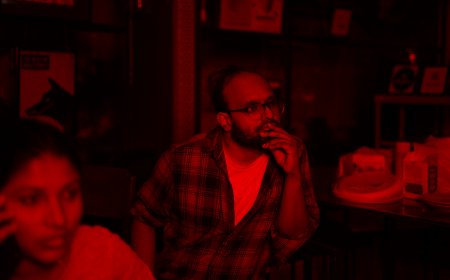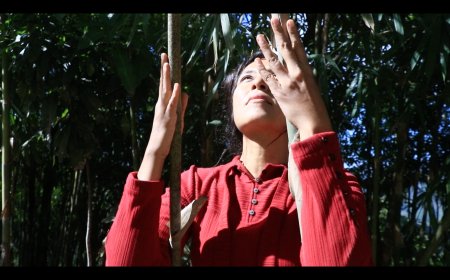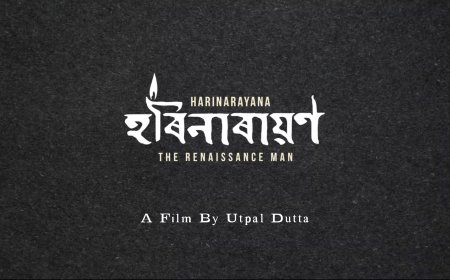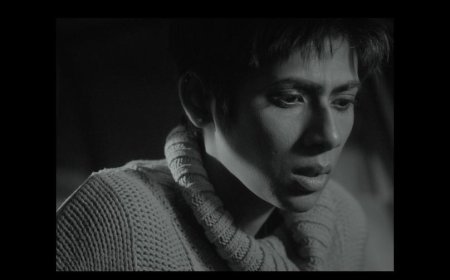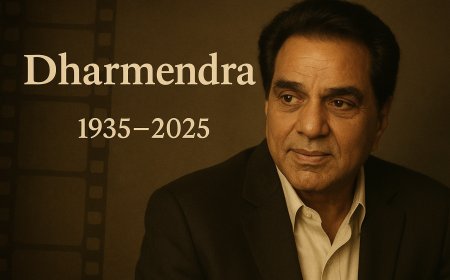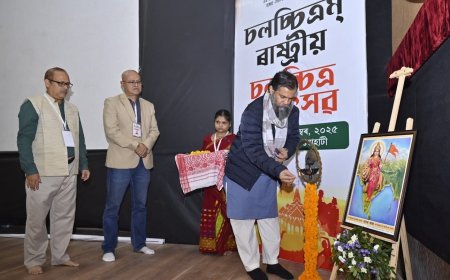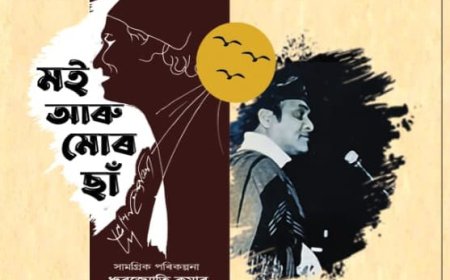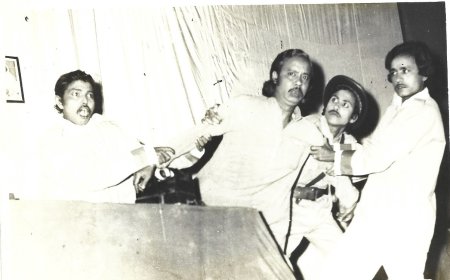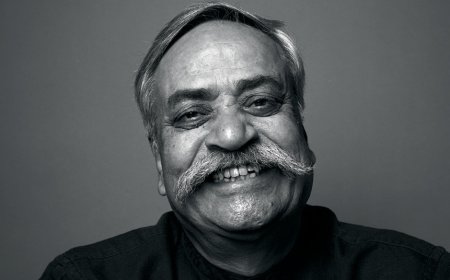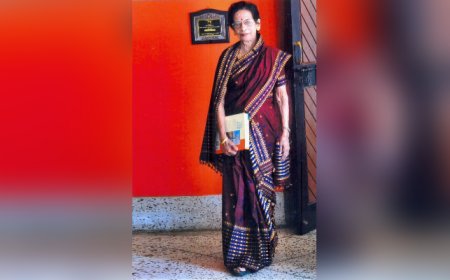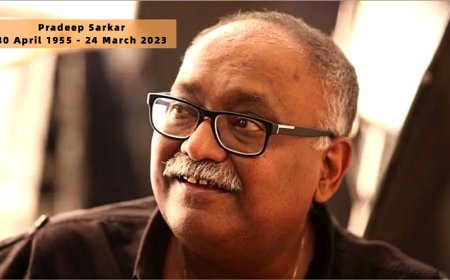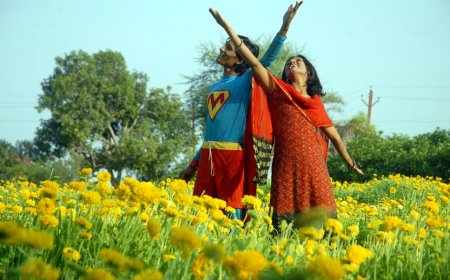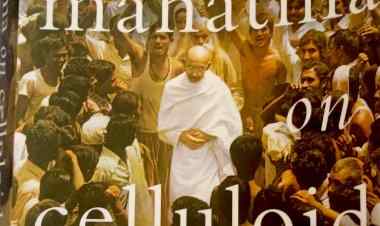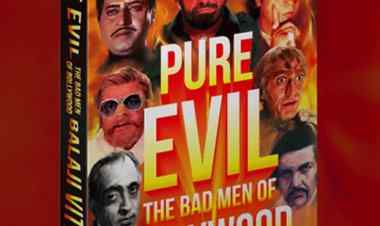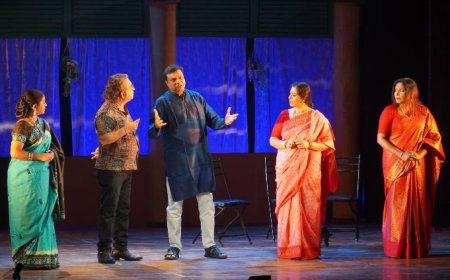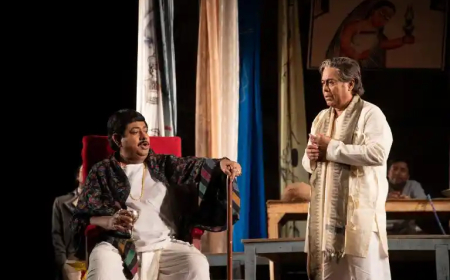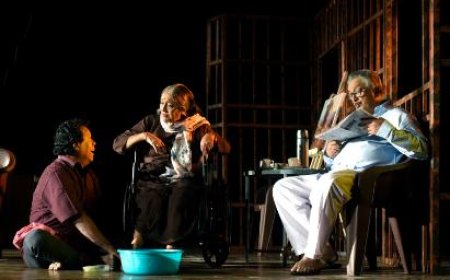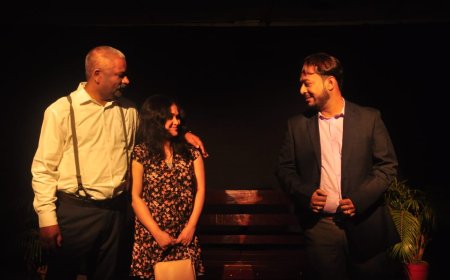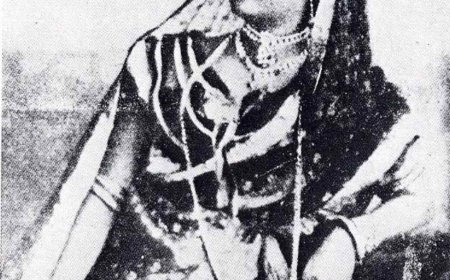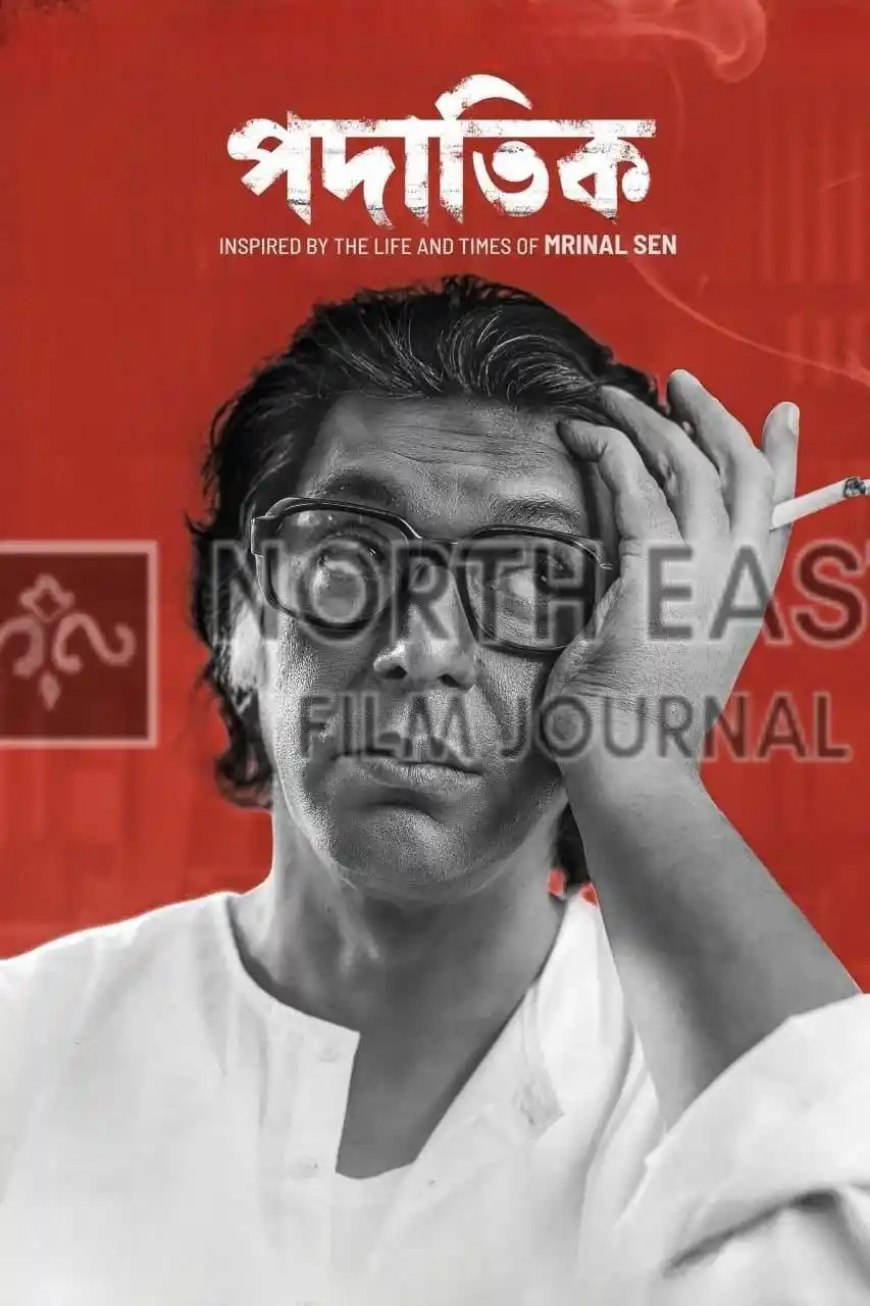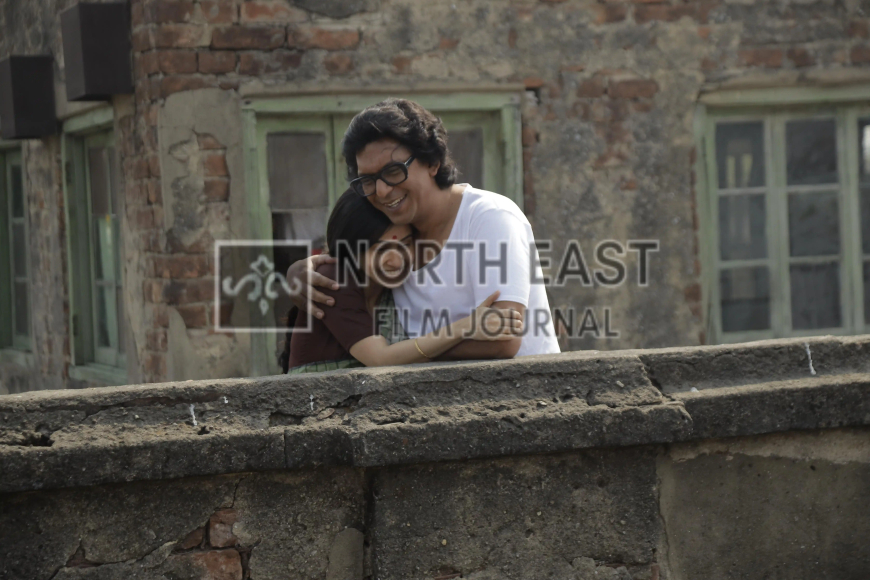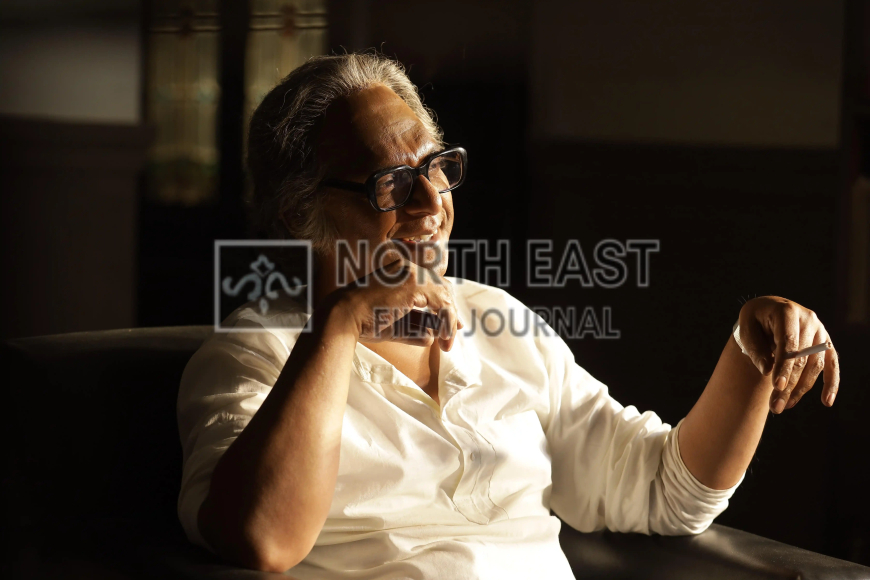PADATIK – A CINEMATIC TRIBUTE TO MRINAL SEN
Dr. Shoma A. Chatterji provides a lengthy review of SRIJIT MUKHERJEE's film PADATIK which is a beautiful fictionalised biography of MRINAL SEN.
Srijit Mukherjee is more than a generation distanced from Mrinal Sen. His way of looking at cinema, specially Mrinal Sen’s cinema, his manner of scripting, shooting and editing his films is completely different from Mrinal-da. So, it Is with a certain degree of reservation, rather anxiety, that one waited for Padatik, Srijit’s fictionalised biography on Mrinal Sen. I will try to analyse this tribute with a degree of objectivity, cutting out the emotional memories of my interactions with Mrinal-da more than a dozen times over more than two decades over interviews which smoothly cut away the distance between director and journalist and the director took over, completely while the journalist happily sat back and enjoyed the experience, throwing objectivity to the winds.
To condense the impact of Padatik in a single sentence – the film is amazing without being a kind of hero-worship by a young director to one of his idols in cinema. Srijit is now a veteran but contemporary filmmaker in Indian cinema. He does not stick to a single genre and has made his mark with mixed genres. He also has made a couple of remakes of old classics but has invested them with his personal, auteur signature.
Mukherjee has used the strategy of breaking the fourth wall as a tribute and not, repeat, not in imitation of his idol who did this in his film Interview in which the hero introduces himself to the audience by looking into the camera and introducing himself as “Ranjit Mullick,” adding that he is the hero of this film. “Breaking the fourth wall” in cinema or theatre, happens when the director makes his actor speak to the audience directly. The young Mrinal Sen in Srijit’s Padatik does this where he tells the audience directly from the tramcar he is riding in, that he is just an actor chosen by Srijit to portray the young Mrinal Sen. This direct narration by the same young actor happens once or twice again over the film. But this distracts from Srijit’s personal point of view and takes away the auteur’s touch that distinguishes the young director from his ideal.
According to this critic, Mrinal Sen is perhaps one of the very few Indian masters who has dared to define “Third Cinema” in several of his films. Originating in the 1960s and 70s, primarily in Latin America, Africa, and Asia, Third Cinema represents a radical departure from the mainstream (First Cinema) and auteurist (Second Cinema), focusing instead on films as tools for political and social change. It rejects commercial and entertainment objectives, emphasizing collective, guerrilla-style filmmaking and themes of anti-colonialism, class struggle, and cultural identity.
Third Cinema offers a unique insight into a completely different way of filmmaking which few of us are familiar with. It may or may not have a written script, or planned dialogue, or, to stretch it a bit more, not even a proper story as seen in his films – Challchitra, Interview, etc. This, Srijit proves through his portrayal of this “crazy” filmmaker who was frustrated about his total failure to realize his dream of being a great filmmaker. This innermost pain, which Mrinal-da himself has documented in his autobiography, Srijit has touchingly expressed in a scene a young Mrinal in his ramshackle room in Jhansi suddenly stripping himself completely naked in front of the mirror and slapping himself continuously saying “Hay Mrinal Sen. You will male films? You? Yucks! You will not be able to do anything! You are a hawker of medicines. You will go on visiting doctors with your medicine-filled bag. You will make films? Yuck! “
This is a shocking scene, visually and as part of a film made as a tribute to a great master. It is also slightly embarrassing for us, great worshippers of Mrinal-da to see the great man reduced to such embarrassment. But kudos to Srijit for gathering the courage to hold up in front of his audience the innermost emotions and pain of a man who turned out to be one of the greatest filmmakers Indian cinema has ever produced. Yet, looking back, the scene has been written with great care and enacted brilliantly by Korak Samanta as the young Mrinal. The camera catches the man from behind and we see his reflection in the mirror. These two angles, caught from behind and in the reflection, throws up a comprehensive, in-depth perspective of a young man who is sure of turning up a total failure and yet becoming one of the greatest Indian filmmakers we have known!
The film opens with a doddering old Mrinal-da, in his later apartment he got towards the end of his life as a gift from the Government, quite spacious in comparison with the clutter-filled small flat next to Priya Cinema where they lived for many years, a tiny balcony looking out to Rashbehari Avenue where the camera wanders fluidly and freely making his living spaces a character in the film. He is not only doddering and old but is also going through Amnesia as he keeps on calling to his wife Geeta (Monami Ghosh) who has long since passed on but Mrinal-da does not remember. The sweet but impoverished married togetherness between Mrinal-da and his wife Geeta Sen is beautifully depicted, enhanced by that sweet kiss they exchanged on the terrace of the building juxtaposed against the penury they lived within but Mrinal-da was completely oblivious to this world of want. He remained like this till the end of his life. His caring son Kunal (Samrat Chakraborty) informs him that his mother Geeta Sen has passed on when his father repeatedly calls out to his wife.
Srijit has very interestingly cut the ‘natural’ scenes with small bits from Mrinal-da’s own films like Bhuvan Shome, Khandar and so on. Monami Ghosh proves with her excellently understated performance as Geeta Sen, forever beside her husband through thick and thin, how underutilized this actress has been by the Bengali film industry. There are some very interesting exchanges between Mrinal-Da and Satyajit Ray (Jeetu Kamal) and Mrinal with Ritwik Ghatak who comes to have a meal at Mrinal-da’s home and when asked to comment on Bhuvan Shome, just exclaims, “Pooh!”
Mrinal-da’s exchanges with his US-returned son Kunal (Samrat Chakraborty) are warm but very forthright because the son does not hero-worship his famous father and makes no secret of his dislike for some of his father’s films. The characters are all drawn from real life people. Chanchal Chowdhury is the greatest takeaway from this film because he has made the real Mrinal Sen a flesh-and-blood person with his body language, his way of speech, his manner of dressing in spotless white kurta pyjama, the way he puffed at his cigar/cigarette and when he is forced to give it up, asking Anjan Dutt (Sujan Mukherjee) comes to visit, to allow the smoke from his cigarette to float his way so that he can ‘taste’ the smoke! The way he looked at you through his black-framed glasses has also been produced to precision.
But all this would never have been possible without the brilliant make-up and prosthetics used by Somnath Kundu whose creative talents have just been awarded with the National Award. Make-up apart, the film stands out as perhaps the best creation of Srijit Mukherjee as director of many parts.
The camera vaccilates between Black-and-White for the past and colour for the present which is clearly ear-marked in terms of time which enriches the historical aesthetics instead of taking away from the artistic brilliance of the film.
Indranath Marik’s cinematography is suffused with just the right lighting in the B & W scenes while it goes a bit flat in the colour segments. Srijit has edited the film himself so he knew when he should cut, when he should wipe and when he should allow a given shot to linger such as Mrinal-da’s discussion with Manikendra Ray ((Satyajit Ray) in the latter’s book-lined study, or the final frames of the film which throws up a collage of images picked up at random and placed aesthetically inside a box of puzzles to create or not to create a complete design. Sabarni Das’ costume design is an expression of her painstaking research into the life and times of Mrinal-da and those associated with him while Indraadip Dasgupta’s background score is good but very loud as is his forte.
The opening and final frames of the film are beautiful because they explain a lot without a single word in dialogue or voice-over. The film opens much before the Sen era began when Rabindranath Tagore passed away. The framing of Tagore’s body,taken amidst massive crowds trying to pluck a flower from the body is interspersed with scenes of a young father carrying his little child’s dead body wrapped in a white bundle which falls off and gets lost in the teeming crowds and he stands weeping and watching helplessly. It is an emotionally moving scene where death of a famous person is juxtaposed against the death of a little infant who was snatched from its experience of seeing the world pass him by. It suggests the unpredictability of life and death against which, we get to share the life and times of the great director, Mrinal Sen.
The final frame is shot against a very noted Leftist song in Hindi sung by Sony Nigam and Arijit Singh on the tunes composed by Salil Choudhury that opens with the lines – tu zinda hai to zindagi ke jeet mein yakeen kar agar kahin hai swarg to utaar la zameen par. The frame opens with a triumphant Mrinal Sen dressed in a jacket over his white gear walking with internationally famous colleagues in some international film festival. The film then cuts to Black-and-White showing Mrinal Sen walking down a street with the pavements lined with crowds watching him. This is cut into with scenes from some of his pronouncedly Leftist films such as Mrigaya, Calcutta 71 and Padatik. As the film rolls on, we see the lined pavements devoid of the people but Mrinal-da walking alone down a main street, with confident and long strides till he breaks his walk to sit himself down right in the middle of the street with his feet stretched out. He then turns back to look into the invisible camera and shouts, “Cut It” in typically Mrinal Sen signature. And Srijit, like an obedient boy, cuts it!
It is may not be a perfect film. We do not quite know whether there is a perfect film. But it is certainly a film that is worth at least a second viewing if not more.
*****
What's Your Reaction?







